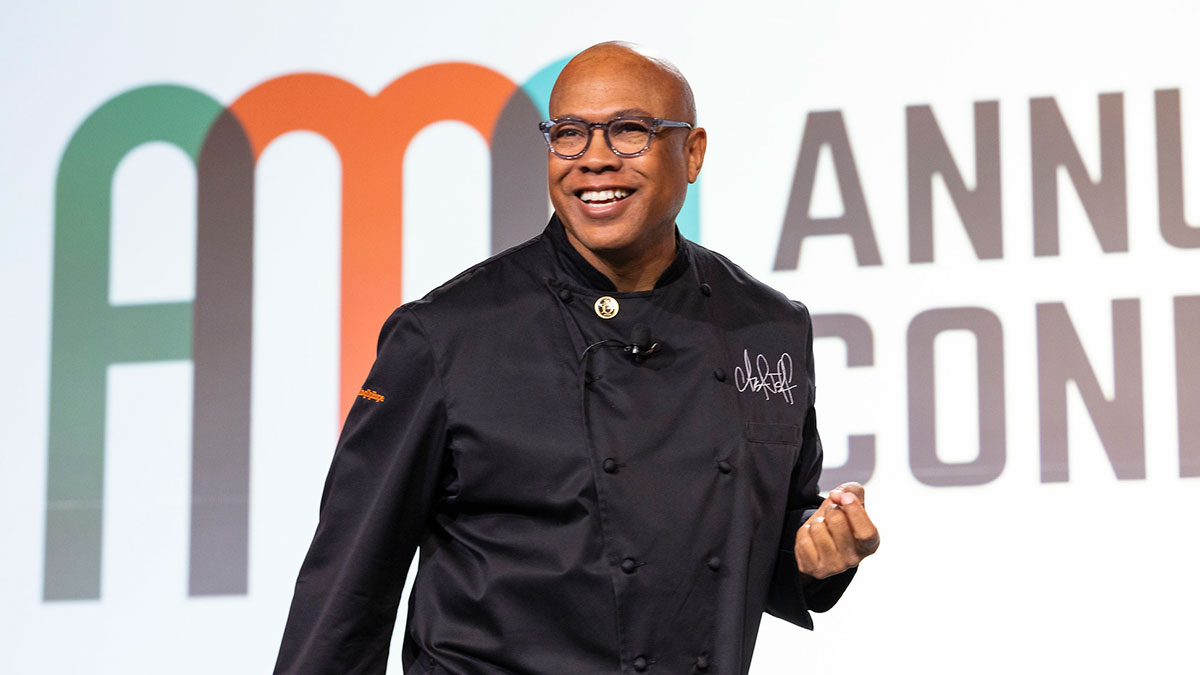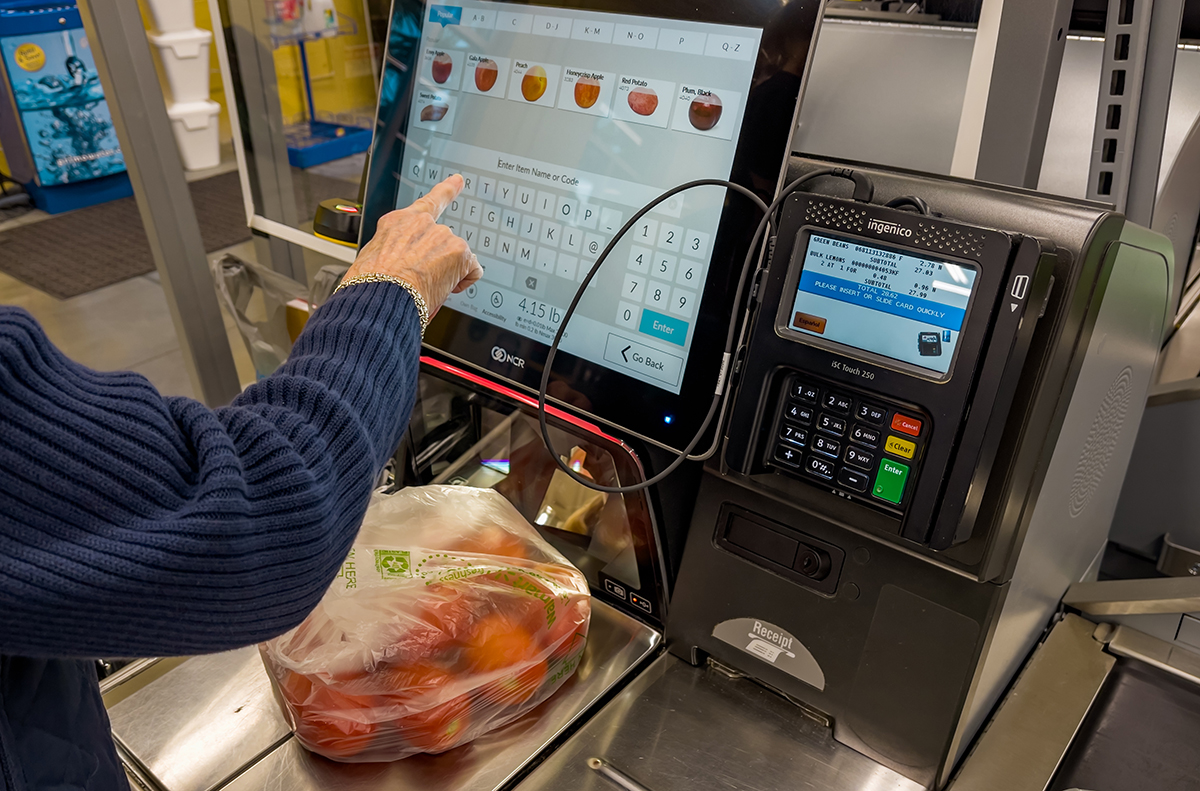By: Leslie Sarasin, President and CEO, FMI
This year my traditional revisiting of Charles Dickens’ A Christmas Carol resulted in an even more poignant experience given the COVID-19 context. I discovered some surprising parallels and lessons learned from this classic tale that surfaced by reading it through a COVID-19 colored lens.
To help Ebenezer Scrooge become a better person, capable of more fully embracing the glorious life around him, he is visited by three timely ghosts. Each spirit has a particular time orientation and a lesson to impart. As we look back on the year we’ve had, assess where we are currently, and scan the horizon of where we’re headed, we can see some comparable lessons that the pandemic shares with the specters as things we need to know.
The ghost of Christmas Past takes Scrooge on a review of his history, pointing out how decisions he made, opportunities he missed and situations he misread contributed to his becoming the lonely old miser he became. In many ways, the pandemic turned back the food industry clock some 50 years to an age when folks cooked more, took a more “stock up” approach to their grocery shopping and spent most of their food dollars at the supermarket. This flashback to days-gone-by provides the food industry with a unique opportunity to explore the things it could do differently this time around to better address customers’ need for convenience, affordability and sustainably produced foods and to retain shoppers’ loyalty by helping them achieve their families’ health and well-being strategy. It is not often we get a “do-over” in life, but in many ways the pandemic has provided us this tremendous opportunity.
The Ghost of Christmas Present has the task of helping Scrooge look beyond his own nose, expanding his self-awareness to include seeing himself as others truly see him. Viewing himself through the eyes of others helps Scrooge recognize that his isolation has limited and blurred his read on reality. Now I’m certainly not suggesting that food retailers had become myopically entrenched in their own realty prior to the pandemic, but I do think COVID-19 opened our eyes a bit wider to see ourselves in ways our customers really see us. The anger that shoppers expressed over out-of-stocks not only pointed out some vulnerabilities in our supply chain, but also revealed a need for the industry to better educate customers on the ways the supply chain actually functions. On a more positive note, the gratitude expressed by the public for grocery workers and food suppliers who bravely showed up to work to make sure communities were fed, helped us better see ourselves through their eyes and understand how customer service that goes the second mile is rightfully recognized and rewarded.
Finally, the haunting ghost of Christmas Yet to Come confronts Scrooge with the sad reality of his life’s conclusion if he blithely continues down the path he is on. In one of the most powerful scenes in the novella, Scrooge inquires if what the spirit has shown him is the way things are set to be or if they might turn out differently if another course were taken. COVID-19 has revealed some new consumer trends, exposed us more deeply to the sentiments of our shoppers and provided us a glimpse of a different kind of retail future. The future only silently points, the course decisions are ours.
Scrooge applied the spirit-imparted lessons and transformed himself into a person who lived Christmas every day, gaining the reputation of being one who, “knew how to keep Christmas well, if any man alive possessed the knowledge.”
Just as Scrooge did not want to be visited by the spirits, we certainly did not relish the prospect of dealing with a pandemic. But there are lessons to be learned from even the toughest scenarios and if we pay attention and learn the hard things that living through COVID-19 has to teach us, we will all be better people and better retailers for it.
God Bless Us, Everyone!


 Industry Topics address your specific area of expertise with resources, reports, events and more.
Industry Topics address your specific area of expertise with resources, reports, events and more.
 Our Research covers consumer behavior and retail operation benchmarks so you can make informed business decisions.
Our Research covers consumer behavior and retail operation benchmarks so you can make informed business decisions.
 Events and Education including online and in-person help you advance your food retail career.
Events and Education including online and in-person help you advance your food retail career.
 Food Safety training, resources and guidance that help you create a company food safety culture.
Food Safety training, resources and guidance that help you create a company food safety culture.
 Government Affairs work — federal and state — on the latest food industry policy, regulatory and legislative issues.
Government Affairs work — federal and state — on the latest food industry policy, regulatory and legislative issues.
 Get Involved. From industry awards to newsletters and committees, these resources help you take advantage of your membership.
Get Involved. From industry awards to newsletters and committees, these resources help you take advantage of your membership.
 Best practices, guidance documents, infographics, signage and more for the food industry on the COVID-19 pandemic.
Best practices, guidance documents, infographics, signage and more for the food industry on the COVID-19 pandemic.
